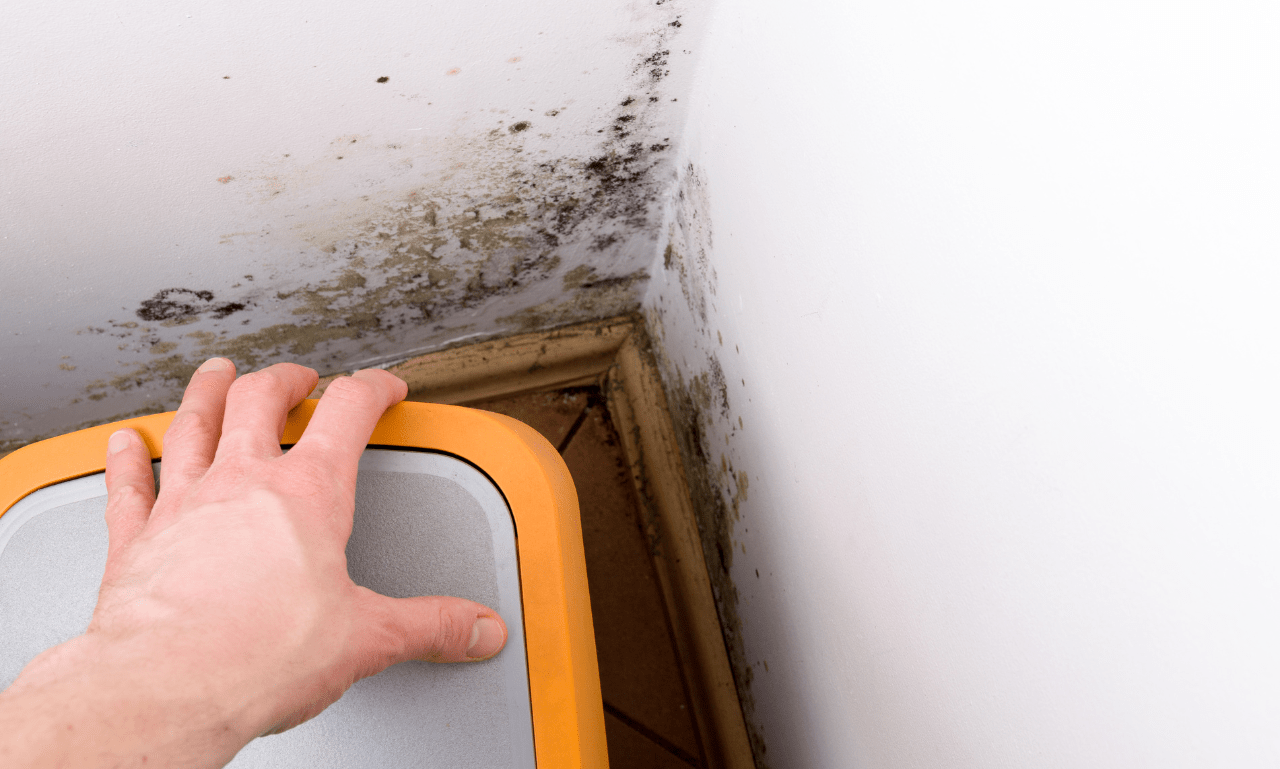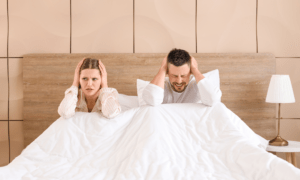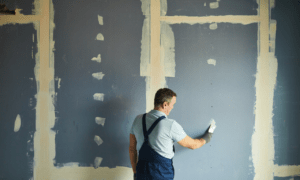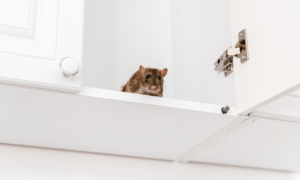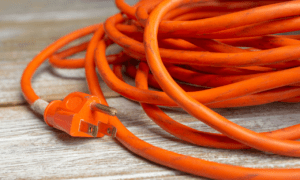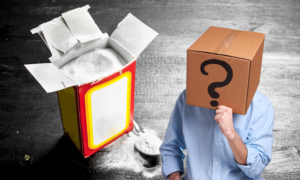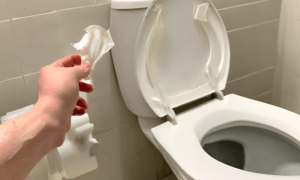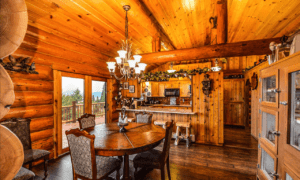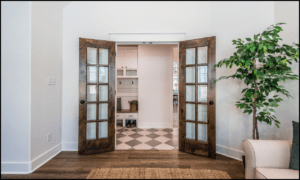Pine-Sol and Mold
Understanding the Concerns of Mold Growth
Mold growth in homes can lead to a variety of health concerns, including respiratory issues and allergies. It’s essential to address mold promptly. This article delves into whether Pine-Sol, a common household cleaner, is effective at tackling mold infestations.
The Role of Cleaning Agents in Mold Removal
Cleaning agents play a vital role in the battle against mold. We’ll explore how they work to remove mold and the considerations when choosing a cleaning solution.

Does Pine-Sol Kill Mold?
Investigating the Mold-Killing Properties of Pine-Sol
Pine-Sol is a household cleaning staple, often trusted to tackle a variety of messes. But when it comes to mold, does it truly live up to its reputation as a mold killer? In this chapter, we will delve deep into the science behind Pine-Sol’s mold-killing capabilities. We will explore its active ingredients, understand how they work, and determine the effectiveness of Pine-Sol in eradicating mold. Additionally, we’ll hear from real-life users who have taken on the battle against mold with Pine-Sol, providing us with valuable insights into its performance.
The Active Ingredients in Pine-Sol
Before we can determine if Pine-Sol can effectively eliminate mold, it’s crucial to understand its key ingredients. Pine-Sol, as the name suggests, contains pine oil as one of its main components. Pine oil is renowned for its natural cleaning properties and pleasant aroma. However, it’s not the only active ingredient in Pine-Sol.
- Pine Oil: Pine oil has natural antibacterial and antifungal properties, making it an attractive candidate for mold removal. It can disrupt the cell membranes of mold spores, ultimately killing them. While pine oil is effective against some types of mold, its performance can vary depending on the concentration of Pine-Sol and the specific type of mold you’re dealing with.
- Alkyl Alcohol Ethoxylates: Pine-Sol also contains alkyl alcohol ethoxylates, which act as surfactants to help break down and remove dirt, grime, and mold from surfaces. While they may not directly kill mold, they aid in the cleaning process by allowing the other active ingredients to come into contact with the mold.
- Other Ingredients: Pine-Sol may contain additional ingredients like water, glycolic acid, and fragrance. These components can enhance the cleaning experience and mask any lingering odors associated with mold.
Effectiveness of Pine-Sol in Eliminating Mold
The effectiveness of Pine-Sol in killing mold depends on several factors:
- Concentration: The concentration of pine oil in Pine-Sol can vary among different product formulations. Higher concentrations are generally more effective against mold. Look for Pine-Sol products specifically labeled for mold and mildew removal, as they typically contain a higher proportion of pine oil.
- Surface Type: Pine-Sol is suitable for use on a variety of surfaces, including tiles, grout, and painted walls. Its effectiveness may vary depending on the porosity and material of the surface you are treating. Non-porous surfaces are usually easier to clean and may respond better to Pine-Sol.
- Mold Type: The type of mold you’re dealing with also plays a role. Pine-Sol is more effective against some types of mold than others. While it can work well on common household molds like mildew, it may struggle with more stubborn or deeply embedded molds.

Proper Usage and Safety Guidelines for Safely Using Pine-Sol on Mold
Mold is not only unsightly but can also pose serious health risks if not handled properly. In Chapter 1, we explored the effectiveness of Pine-Sol in removing mold. However, as we venture into Chapter 2, we emphasize that your safety and well-being should always be your top priority when dealing with mold. In this chapter, we’ll provide comprehensive guidelines on how to safely use Pine-Sol to tackle mold problems in your home.
Dilution Ratios: The Key to Effective and Safe Cleaning
Pine-Sol is a powerful cleaner, and using it undiluted or in excessive concentrations can be harmful to both you and the surfaces you’re cleaning. To strike the right balance between effectiveness and safety, follow these dilution guidelines:
- General Cleaning: For regular cleaning and maintenance, dilute Pine-Sol with water at a 1:4 ratio (1 part Pine-Sol to 4 parts water). This mixture is suitable for most surfaces and will effectively remove mold without the risk of excessive fumes or damage.
- Heavy Mold Infestations: In cases of severe mold infestations, you can use a stronger solution. Mix Pine-Sol with water at a 1:1 ratio. However, exercise caution when using this concentration, as it may produce stronger fumes.
- Test on a Small Area First: Before applying Pine-Sol to a large area, always test it on a small, inconspicuous spot to ensure it doesn’t damage the surface or cause discoloration.
Protective Gear: Shielding Yourself from Harm
When cleaning mold with Pine-Sol, it’s crucial to wear the appropriate protective gear to minimize your exposure to mold spores and the cleaning solution:
- Gloves: Use disposable gloves made of nitrile or latex to protect your hands from direct contact with the cleaning solution and mold.
- Eye Protection: Wear safety goggles to shield your eyes from accidental splashes or fumes.
- Face Mask: Use a high-quality N95 or N99 respirator mask to filter out mold spores and the fumes from Pine-Sol.
- Long-Sleeved Clothing: Cover your arms and legs with long-sleeved clothing to prevent skin contact with mold and cleaning solution.
Ventilation Considerations: Keeping the Air Fresh and Safe
Proper ventilation is essential when working with Pine-Sol and mold. Here’s how to ensure your workspace is well-ventilated:
- Open Windows and Doors: Before you begin, open windows and doors to create cross-ventilation. This will help in dissipating fumes and reducing indoor air pollution.
- Use Fans: Position fans strategically to direct the air outside, further enhancing ventilation and minimizing the inhalation of fumes.
- Avoid Using Heat Sources: Do not use heat-producing appliances like hairdryers or heat guns, as they can cause the release of mold spores into the air.
Ensuring Your Health and Well-being During Mold Cleaning
Cleaning mold can be a risky endeavor if not approached with care. Here are some additional steps to safeguard your health and that of your family:
- Recognize Symptoms of Mold Exposure: Familiarize yourself with the common symptoms of mold exposure, which may include coughing, sneezing, skin rashes, nasal congestion, and eye irritation. If you or your family members experience these symptoms, consider temporarily vacating the area.
- Seek Medical Attention if Needed: If you or your family members develop severe respiratory issues, persistent headaches, or other concerning symptoms, consult a healthcare professional promptly.
- Keep Children and Pets Away: During the cleaning process, ensure that children and pets are kept at a safe distance from the affected area to prevent their exposure to mold and cleaning chemicals.
By adhering to these guidelines for safe Pine-Sol usage, you can effectively tackle mold issues in your home while minimizing health risks. In Chapter 3, we’ll delve into the step-by-step process of using Pine-Sol to remove mold from various surfaces. Stay tuned for a comprehensive guide to mold eradication with Pine-Sol.
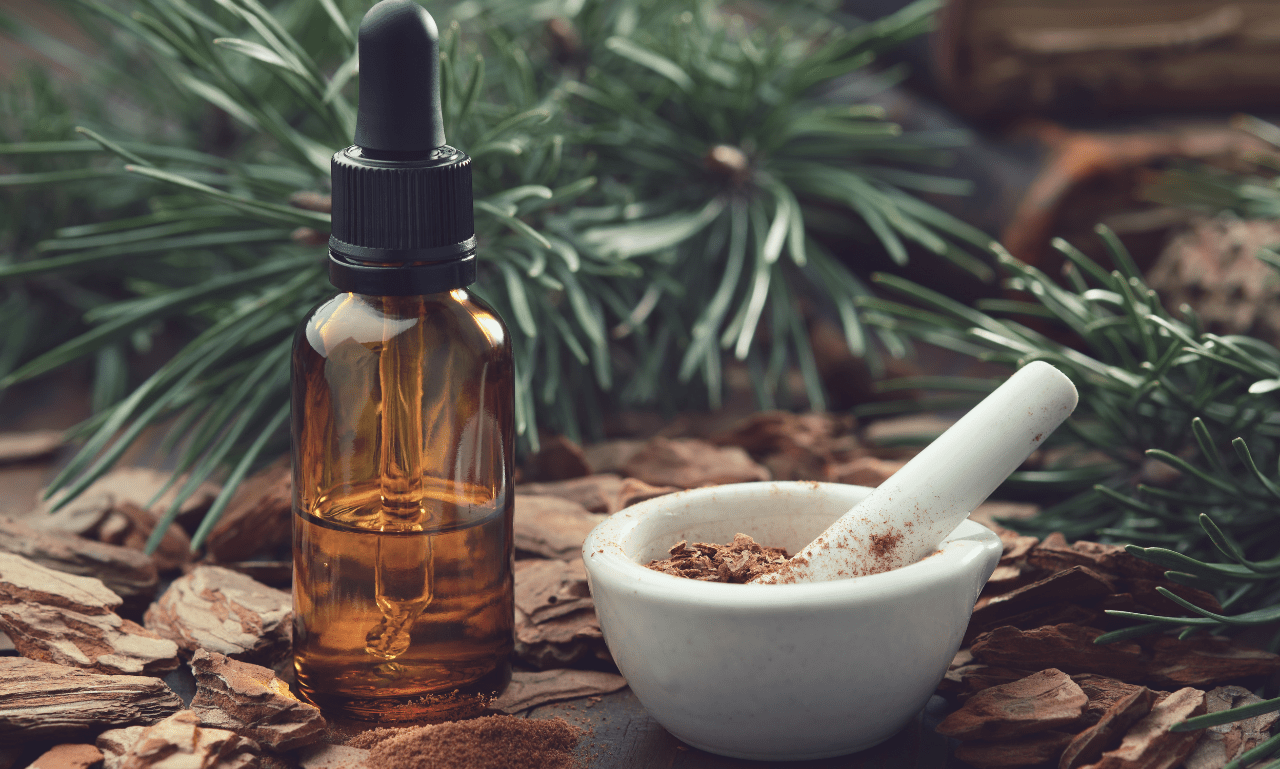
Alternatives to Pine-Sol
Exploring Other Effective Mold Removal Methods
Pine-Sol isn’t the only option for mold removal. We’ll explore alternative methods and cleaners that can effectively combat mold. These options cater to different preferences and sensitivities.
Eco-Friendly and Natural Approaches to Mold Control
For those seeking eco-friendly and natural solutions, we’ll introduce methods like vinegar, baking soda, and hydrogen peroxide for mold removal. These alternatives are safe for the environment and your health.
1. Vinegar
Vinegar is a versatile household item that can be used for more than just salad dressings. It’s also an effective mold killer. The acetic acid in vinegar has natural anti-fungal properties that make it an excellent choice for mold removal. Here’s how to use it:
– Mix equal parts white vinegar and water in a spray bottle.
– Spray the solution onto the moldy areas.
– Let it sit for about an hour, then scrub the area with a brush or sponge.
– Rinse with clean water and allow the area to dry thoroughly.
2. Baking Soda
Baking soda is another kitchen staple that can help eliminate mold while also deodorizing the affected area. Here’s how to use it:
– Mix one tablespoon of baking soda with water to create a paste.
– Apply the paste to the moldy surface and let it sit for at least 15 minutes.
– Scrub the area with a brush or sponge, then rinse and dry it completely.
3. Hydrogen Peroxide
Hydrogen peroxide is a powerful disinfectant that can effectively kill mold and mildew. It’s particularly useful for porous surfaces like wood and fabrics. Follow these steps to use it:
– Pour 3% hydrogen peroxide into a spray bottle.
– Spray the affected area and let it sit for 10-15 minutes.
– Scrub the mold away, then rinse and dry the surface.
4. Tea Tree Oil
Tea tree oil is a natural essential oil with potent anti-fungal properties. It not only kills mold but also leaves a pleasant scent behind. To use tea tree oil for mold removal:
– Mix one teaspoon of tea tree oil with a cup of water in a spray bottle.
– Shake well and spray the solution on the moldy surface.
– Leave it to sit for a few hours, ideally overnight.
– Scrub and rinse the area, ensuring it’s completely dry afterward.
5. Grapefruit Seed Extract
Grapefruit seed extract is another natural anti-fungal option. It’s less common than some other alternatives but can be highly effective. Here’s how to use it:
– Mix 10 drops of grapefruit seed extract with a cup of water in a spray bottle.
– Spray the solution on the moldy area and leave it for a few hours.
– Scrub and rinse the surface thoroughly.
These eco-friendly and natural alternatives to Pine-Sol not only combat mold effectively but also reduce your exposure to harsh chemicals and protect the environment. Choose the method that best suits your preferences and the surface you need to clean. However, keep in mind that for severe mold infestations or on extensive surfaces, it’s always a good idea to consult a professional mold remediation expert to ensure complete removal and prevention. In the next chapter, we’ll delve into preventive measures to keep mold from returning and spreading in your home.”
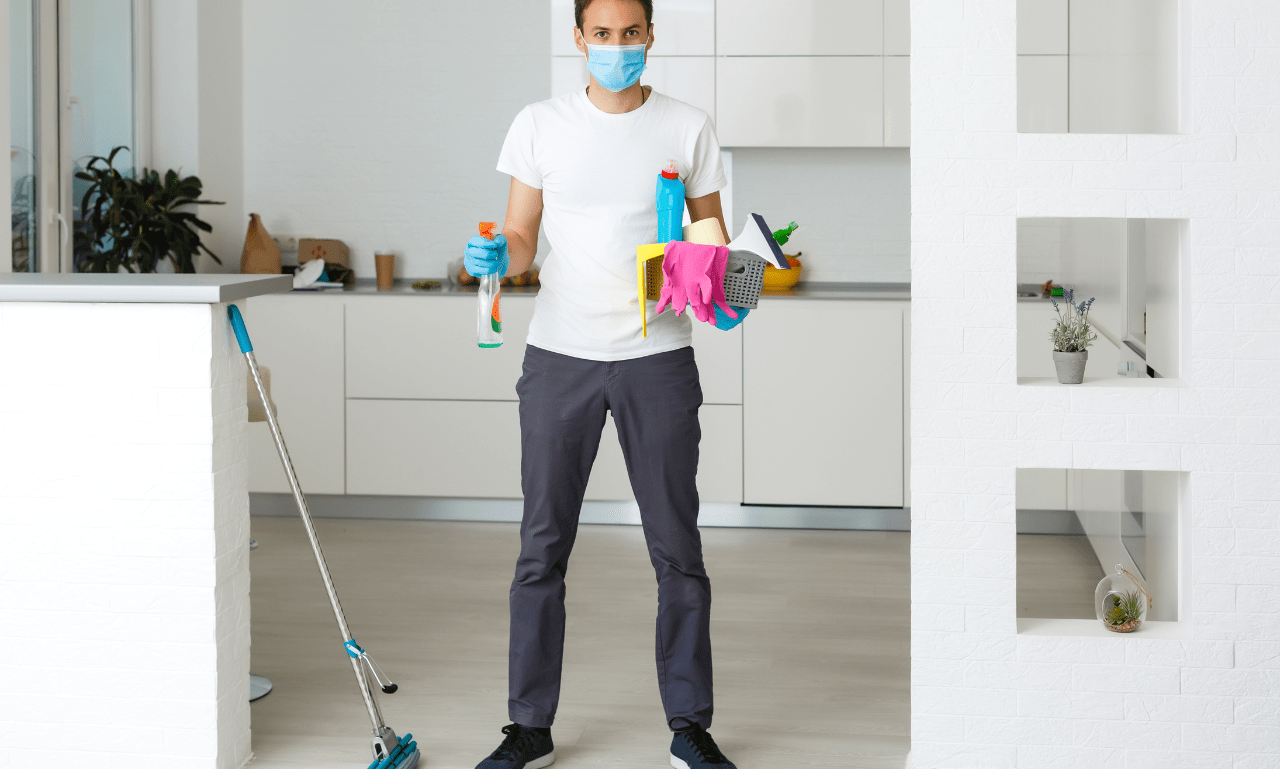
Preventing Mold Growth
Proactive Steps to Keep Your Home Mold-Free
Mold can be a persistent and frustrating issue in many homes, but the good news is that preventing mold growth is within your control. In this chapter, we will delve into proactive measures that will help you maintain a mold-free home. By following these guidelines, which include proper ventilation, humidity control, and regular maintenance, you can significantly reduce the risk of mold recurrence.
Effective Ventilation
Proper ventilation is crucial in preventing mold growth. Stagnant, moist air provides an ideal breeding ground for mold spores. Here are some steps you can take:
– Use Exhaust Fans: In areas like the bathroom and kitchen, use exhaust fans to remove humidity and moisture from the air during and after activities such as showering or cooking.
– Ventilate the Attic: Ensure that your attic is well-ventilated. Proper attic ventilation helps reduce moisture buildup, which can seep into your living spaces and contribute to mold growth.
– Open Windows: On dry, breezy days, open windows to let fresh air circulate throughout your home. This helps reduce indoor humidity levels.
Control Humidity Levels
Mold thrives in high humidity environments. Maintaining optimal indoor humidity levels is crucial in mold prevention:
– Use Dehumidifiers: Consider using dehumidifiers in areas prone to high humidity, such as basements and crawl spaces. Aim to keep indoor humidity levels below 50%.
– Fix Leaks Promptly: Address any water leaks or plumbing issues immediately. Mold can quickly develop in areas with persistent moisture problems.
– Monitor Indoor Humidity: Invest in a hygrometer to regularly check and maintain the humidity levels in your home.
Regular Maintenance
Consistent maintenance is key to mold prevention. Regularly inspect your home and take these actions:
– Clean and Dry Spills: Promptly clean and thoroughly dry any spills or water accidents that occur inside your home.
– Check Roof and Gutters: Regularly inspect your roof and gutters to ensure they are in good condition. Leaky roofs or clogged gutters can lead to water infiltration and mold growth.
– Replace Mold-Prone Materials: In areas like bathrooms and kitchens, consider using mold-resistant materials such as mold-resistant drywall or moisture-resistant paint.
– Clean and Ventilate Appliances: Clean and properly ventilate appliances like refrigerators, washing machines, and dishwashers to prevent moisture buildup inside.
Creating a Healthy and Mold-Resistant Living Environment
A mold-resistant living environment not only helps prevent mold but also promotes overall well-being. Here are some additional tips to create a healthier home:
- Choose Mold-Resistant Materials: When renovating or building, opt for mold-resistant materials such as mold-resistant drywall, moisture-resistant insulation, and anti-microbial paints. These materials are designed to inhibit mold growth.
- Properly Insulate and Seal: Ensure that your home is properly insulated and sealed to prevent moisture from entering. Proper insulation also helps maintain consistent indoor temperatures, reducing the likelihood of condensation.
- Maintain Good Indoor Air Quality: Install air purifiers and use high-quality air filters in your HVAC system to remove airborne mold spores. Regularly clean and replace filters to ensure optimal performance.
- Regularly Clean and Declutter: Reduce the number of surfaces where dust and mold can accumulate by regularly cleaning and decluttering your home. This includes vacuuming, dusting, and cleaning upholstery and carpets.
Preventing mold growth requires a combination of proactive measures, such as effective ventilation, humidity control, and regular maintenance, along with thoughtful choices in materials and design. By taking these steps, you can significantly reduce the risk of mold infestations, creating a healthier and more comfortable living environment for you and your family.
Conclusion
Making Informed Choices for Mold Removal
In conclusion, understanding the effectiveness of Pine-Sol in killing mold is crucial for making informed choices when dealing with mold infestations. Whether you opt for Pine-Sol or alternative methods, prioritizing safety and prevention is essential in maintaining a mold-free and healthy home.
Achieving a Mold-Free and Healthy Home with Pine-Sol and Beyond
Ultimately, a mold-free and healthy home is the goal. By using Pine-Sol or other effective methods and following safety precautions, you can create a living environment where mold is kept in check, promoting the well-being of your family.
Curious about the flammability of wax and how to stay safe around it? Check out my article ‘Is Wax Flammable? Exploring Fire Risks and Safety Measures’ to learn more.

